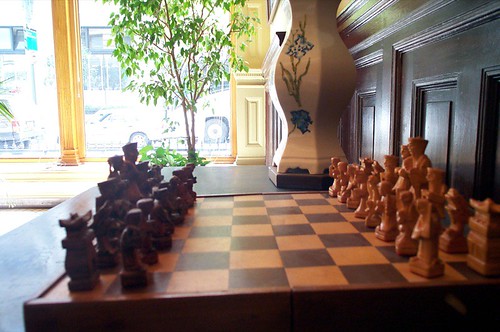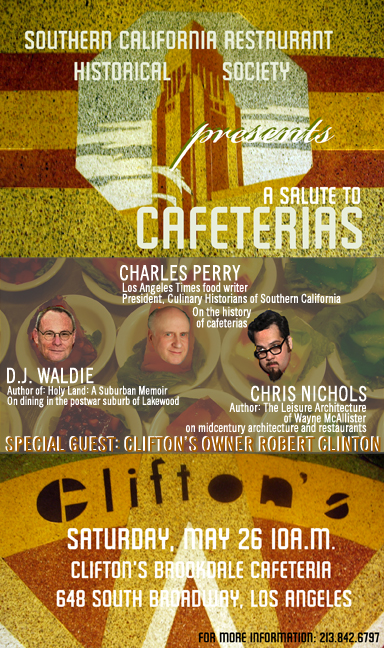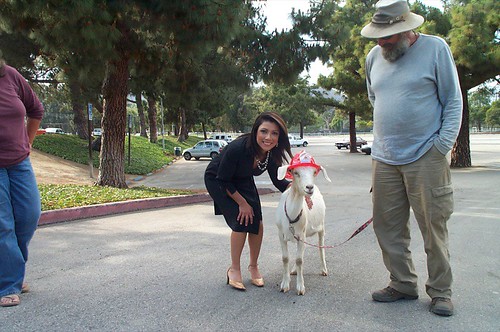by Jacob Adelman for the Associated Press (AP Photo/Damian Dovarganes)
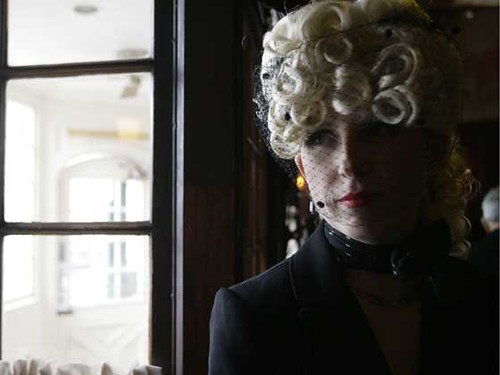
Above: Kelly Kuvo, the Blonde Dahlia
LOS ANGELES — A dismembered wannabe starlet. A girl buried under her family’s home. A rattlesnake used as a weapon.
The scenes of those crimes are stops on a series of Southern California bus tours that eschew the usual stars’ homes and theme parks to offer passengers a peak at the region’s dark side.
"They’re aimed at the history geek sort of people," said Kelly Kuvo, who wears a black veil and other vintage accouterments during the trips she leads for tour company Esotouric.
The company’s "crime bus" tours plumb the grisly, blood-soaked pasts of now quiet Southern California neighborhoods and nondescript strip malls.
Similar trips elsewhere take passengers deep into cities’ gory pasts, including Washington’s "Bad Olde Days" chronicling crime in the nation’s capital and "Sinister London" that follows the steps of Jack the Ripper.
"When people die in a place, it does change that place forever," said Esotouric guide and co-founder Kim Cooper. "Just because the people wandering around the neighborhood may not be aware of it, it doesn’t mean it’s not a good idea for people who are interested in history to revive those memories."
John G. Cawelti, who writes about the seductiveness of violent crime tales in his book "Mystery, Violence, and Popular Culture," said the tours play into people’s fears of death and catastrophe.
"We live in an age where the worst kinds of things can happen to anybody," Cawelti said. "Walk down the street and something blows up and all of a sudden you lost your life or lost a leg. The fact that somebody else went through this becomes a surrogate – a magical way of charming away the fear of the possibility."
Esotouric’s most popular tour explores 1947 Los Angeles by zeroing in on the murder of Elizabeth Short – a.k.a. "Black Dahlia" – who came to Hollywood in search of fame but wound up the victim of an infamous unsolved murder.
One stop is a ground-floor storefront on a desolate downtown street that now boasts a sign reading, "Club Galaxy – 100 Beautiful Girls."
In 1947, when it was a bistro called "The Crown Grill," it was the last place Short was seen before her dismembered body was discovered miles away in a south Los Angeles neighborhood.
"She was friendly with the bartenders and with some of the waitresses, so people recognized her and remembered her," Cooper said. "The problem of course is that everybody at the Crown Grill immediately became suspects."
Passengers are also introduced to lesser known crimes from the same year, such as the attempted carjacking in Hollywood of an 18-year-old movie theater cashier named Ginevra Knight, who shot her assailant dead.
"It’s the criminal history of 1947 L.A. and how women felt going out at night in the hysteria of an unsolved murder," Cooper said.
The "Blood and Dumplings" tour through San Gabriel Valley suburbs, meanwhile, passes the home where a young bride-to-be was buried in 1969 by her uncle after he shot her to death in a jealous rage at the end of their affair.
It also cruises by an intersection where a man named Raymond James bought a rattlesnake he let bite his wife in 1935 so he could cash in on her insurance policy. When she didn’t die, he had an accomplice finish the job by drowning her in their fish pond.
Esotouric grew out of a Web log Cooper started in 2005, when she set out to retell a true-crime tale from each day of 1947. She and her collaborators soon started offering tours of those scenes and the sites of other crimes.
A tour that revisits the life and literature of Raymond Chandler, whose fictional characters inhabit the region’s underworld, was added to the menu of crime junkets when the company was started earlier this year.
Tour participant Bob Nickum, 59, a school district business manager, said seeing the sites of past crimes made him look at familiar places in a new way.
"It’s just very interesting to drive around the area and to see things I may have passed by many times and maybe not known what happened there," said Nickum, who, like most passengers, lives in Southern California.
"It makes things a little more interesting – vivid – to know about something that intense that took place in a calm, peaceful neighborhood," he said.
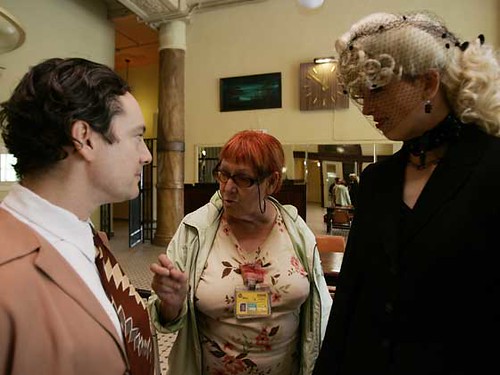
Nathan Marsak, chess shark Heather and Kelly at the Hotel Barclay

